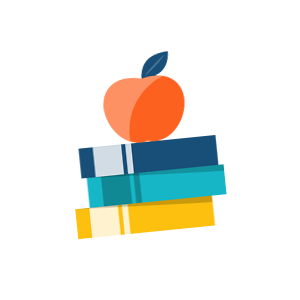Ask for discount
..Class 4 Mathematics Karnataka Board Syllabus
1. Geometry
- Shapes & Spatial Understanding
- Draws a circle freehand and with the compass.
- Identifies the center, radius, and diameter of a circle.
- Creates different shapes using tangrams etc.
- Tiles geometrical shapes: using one or two shapes. Equilateral triangle/ Hexagon.
- Explores intuitively the perimeter and area of simple shapes.
- Makes 4-faced, 5-faced, and 6-faced solids from given nets specially designed for the same.
- Reads and draws 3D objects, making use of the familiarity with the conventions used in this.
- Rotates a coin to generate a sphere.
- It creates a hollow cylinder by stacking up bangles.
2. Numbers
- Numbers and operations
- Writes multiplication facts.
- Writes tables’ up to 10 x 10.
- Multiplies two and three-digit numbers using the lattice algorithm and the standard (column) algorithm.
- Divides a given number by another number in various ways such as:
- By drawing dots.
- By grouping.
- By using:
- multiplication facts.
- By repeated subtraction.
- Applies the four operations to life situations.
- Frames word problems.
- Estimates sums, differences, and products of given numbers.
- Mental Arithmetic
- Adds and subtracts multiples of 10 and 100, mentally.
- Completes multiplication facts by adding partial products, mentally (e.g. 7x6 = 5x6+2x6).
- Appreciates equivalence of 2/4 and 1/2; and of 2/2, 3/3, 4/4, and 1.
- Understands 0.1, 0.2, 0.3, 0.4, 0.5.
3. Money
- Adds and subtracts amounts using column addition and subtraction with regrouping.
- Uses operations to find totals, change, multiple costs, and unit cost.
- Describes rate charts and bills.
4. Measurement
- Length
- Relates meter with centimeter;
- Converts meter into centimeters and vice versa.
- Solves problems involving length and distances.
- Estimates the length of an object and distance between two given locations.
- Weight
- Weighs objects using balance and standard units.
- Determines sums and differences of weights.
- Estimates the weight of an object and verifies using a balance.
- Volume
- Measures volumes of given liquid using containers marked with standard units.
- Determines sums and differences of volumes.
- Estimates the volume of a liquid contained in a vessel and verifies by measuring.
- Time
- Computes the number of weeks in a year.
- Correlates the number of days in a year with the number of days in each month.
- Justifies the reason for the need for a leap year.
- Reads clock time to the nearest hours and minutes.
- Expresses time, using the terms, 'a.m.' and 'p.m.'
- Estimates and verifies the duration of familiar events.
- Finds approximate time elapsed by (to the nearest hour) forward counting.
- Computes the number of days between two dates.
5. Data Handling
- Collects data and represents in the form of bar graphs;
- Draws Inferences through discussions.
6. Patterns
- Identifies patterns in multiplication and division eg: multiples of 9,
- Casts out nines from a given number to check if it is a multiple of nine.
- Identifies patterns.
- Multiplies and divides by 10s, 100s.
- Identifies geometrical patterns based on symmetry.


Quick Buy
LATEST OFFERS & PROMOTIONS
Choose EduSaksham
Embrace Better Learning


